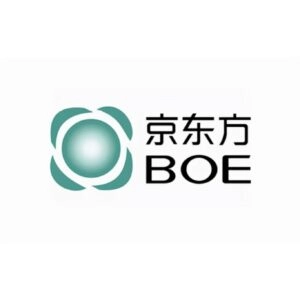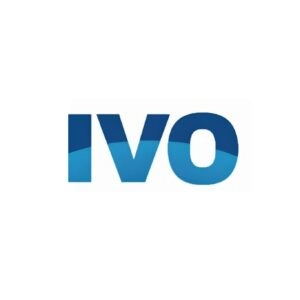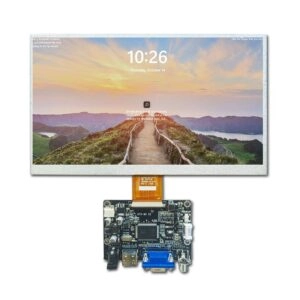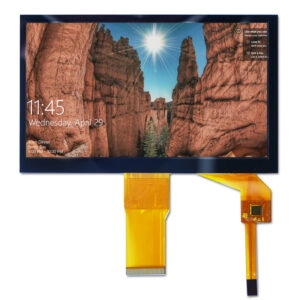Technical Overview of Raspberry Pi TFT Displays
Key Features
Raspberry Pi TFT displays are a kind of liquid crystal display (LCD). They use thin-film transistor technology to show clear pictures, quick response times, and bright colors compared to older passive matrix LCDs. These screens are usually small, from 2.8 to 7 inches. They have resolutions like 320×240, 480×320, or 800×480 pixels. Many include touch features, using resistive or capacitive touch tech for direct interaction.
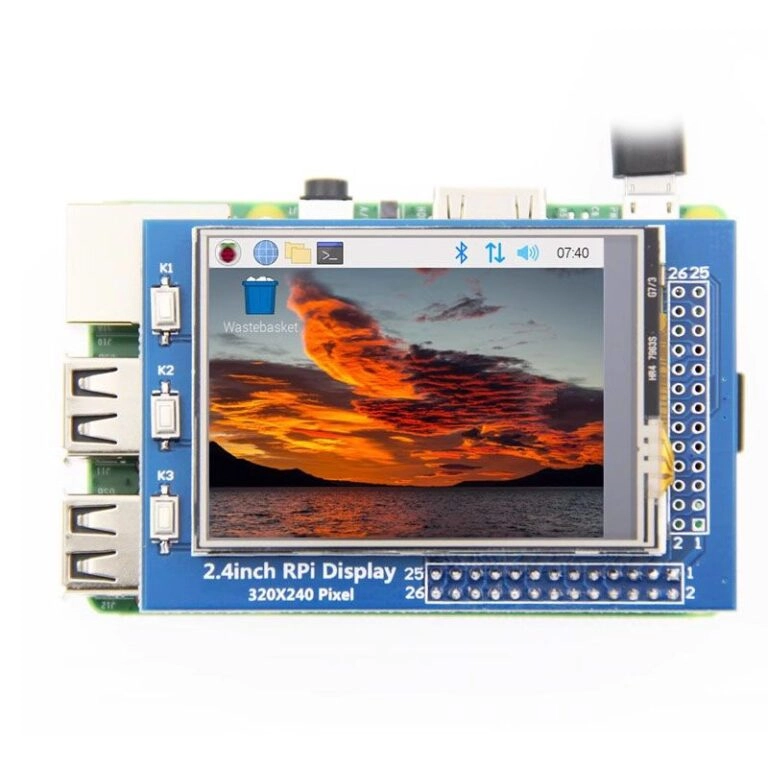
- Размер: Small designs, like 3.5-inch or 5-inch screens, work great for portable or tight spaces.
- Разрешение: High resolutions, such as 480×320, give sharp visuals for text, images, and videos.
- Интерфейс: They connect via GPIO pins using Serial Peripheral Interface (SPI) or Display Serial Interface (DSI). SPI is more common for smaller screens.
How Raspberry Pi TFT Displays Work
TFT displays link to the Raspberry Pi through GPIO pins. Smaller screens usually use SPI, while bigger, fancier models use DSI. The display needs special software drivers, like the fbtft (Frame Buffer for TFT) driver, to show graphics and text. Touch models need extra drivers, like tslib or evdev. When set up right, these displays can show console outputs or full graphical interfaces.
Setting Up a Raspberry Pi TFT Display
Hardware Connection
Connect the TFT display to the Raspberry Pi’s GPIO pins with a ribbon cable or matching connector. SPI-based screens use MOSI, MISO, SCK, and CE0 pins. Power comes from the 3.3V or 5V pin, depending on the model.
Software Configuration
Turn on the SPI interface using the raspi-config tool in the terminal. Install drivers like fbtft and set up kernel modules correctly. For touch screens, tools like tslib help line up screen coordinates accurately.
Testing and Validation
Test the display with commands like fbset to check resolution and function. Use tools like fbi to show images on-screen. Calibration makes sure touch inputs match screen spots correctly.
GUI Setup (Optional)
Install a desktop environment like PIXEL for graphical apps. Set auto-login so the system starts right into a graphical interface for easy use.

Applications of Raspberry Pi TFT Displays
User Interfaces and Control Panels
Raspberry Pi TFT displays are perfect for making custom user interfaces. They make projects more interactive. For example, they can show sensor data on home automation dashboards or display machine settings on industrial control panels with touch adjustments.
Media Display
Raspberry Pi TFT displays are great for showing multimedia content. They work well for different media projects. They can act as digital photo frames or portable video players in small cases.
Educational Tools
In schools, Raspberry Pi TFT displays make learning fun with visual and interactive interfaces. They’re used in STEM projects or coding lessons where clear visuals keep students engaged.
Home Automation and Smart Devices
Raspberry Pi TFT displays are key for home automation projects. They provide easy-to-use interfaces for smart home systems. For instance, they can be part of central hubs controlling lights and sensors with live updates.
Portable Devices
The small size and low power use of Raspberry Pi TFT displays make them great for portable Raspberry Pi projects. These include handheld gaming consoles or field tools for scientific research.
Industrial Applications
In factories, Raspberry Pi TFT displays offer reliable interfaces for different tasks. Their toughness makes them good for machine interfaces in rough factory settings.
Creative and Artistic Projects
Raspberry Pi TFT displays are also used in creative projects. They show off their visual skills. Artists use them in interactive setups where viewers touch digital content.
Advanced Projects
Raspberry Pi TFT displays can do more than basic tasks. They work in complex projects like augmented reality interfaces or setups with multiple displays run by one Raspberry Pi board.
Technical Specifications
Typical specs include:
- Sizes from 2.4 inches up to over 10 inches.
- Resolutions from 320×240 to full HD.
- Interfaces like HDMI, SPI, or DSI.
- Power use around 510mW when the backlight is off.
- Support for resistive or capacitive touchscreens.
- Works with Raspbian, Ubuntu, or Kali Linux systems.
For example, Miqidisplay’s 3.5 inch HDMI model has a 480×320 resolution. It supports HDMI audio output and lets you adjust backlight brightness.
Challenges and Considerations
Raspberry Pi TFT displays have lots of benefits, but there are some challenges:
- Setup Complexity: Setting up drivers and interfaces can be tricky.
- Compatibility: Some display models don’t work well with certain Raspberry Pi versions.
- Энергопотребление: Bigger or high-resolution screens may need extra power sources.
- Touch Calibration: Touch screens might need careful setup to work right.
Market Trends and Future Developments
The use of TFT displays with Raspberry Pi is growing fast. This is because DIY electronics and IoT projects are getting more popular. Trends include:
- Higher resolution screens.
- More use of capacitive touchscreens.
- Connection with AI and IoT systems.
- Eco-friendly manufacturing.
- Custom solutions for special projects.
Custom Raspberry Pi TFT Displays from Miqidisplay
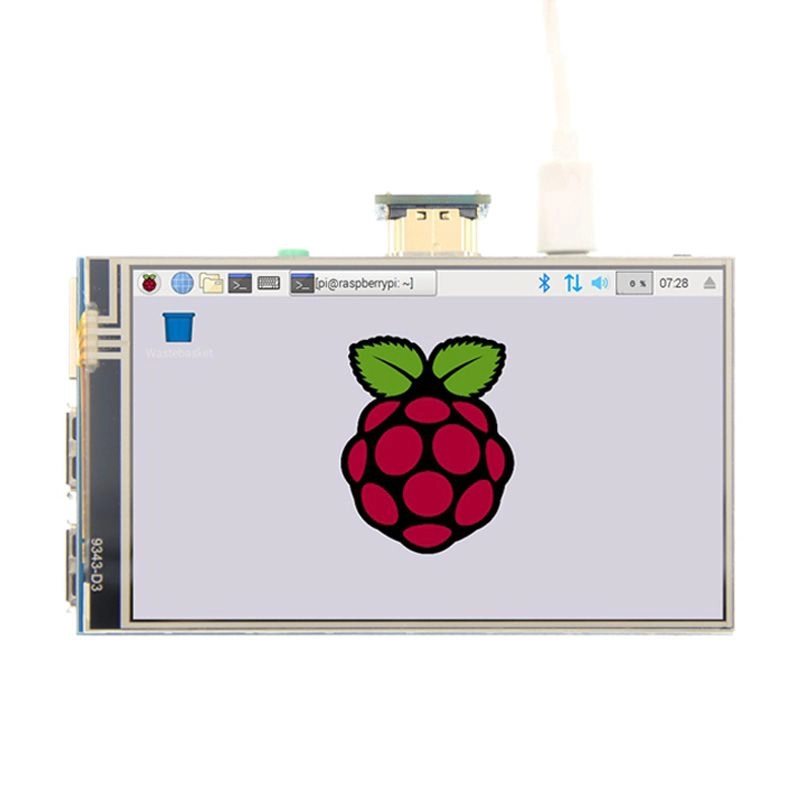
Miqidisplay is a leader in custom display solutions. Their 3.5 inch TFT LCD Touch Screen Display works with all Raspberry Pi models, including A, B, A+, B+, 2B, 3B, 3B+, and 4B. It offers easy plug-and-play setup. It has HDMI input with refresh rates above 60FPS, making it great for embedded systems or as a standalone monitor. The device includes capacitive touch and HDMI audio output for better multimedia interaction.
For developers needing custom solutions, Miqidisplay offers engineering support. They can tweak PCB layouts or improve touchscreens to meet your project’s needs. With certifications like ISO9001 and TS-16949, Miqidisplay ensures top-quality products that meet global standards.


